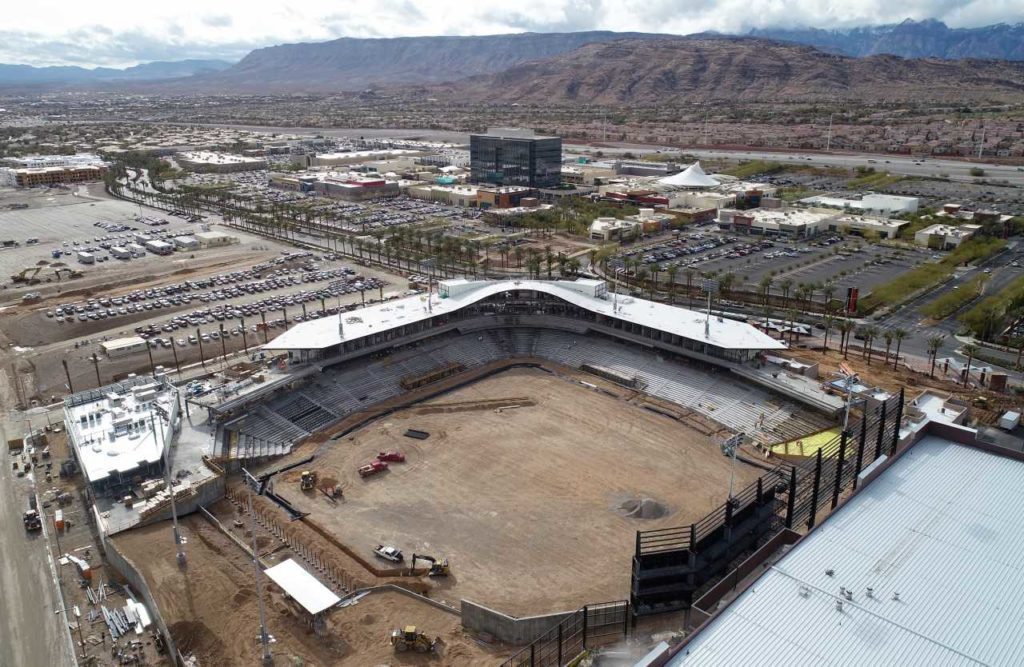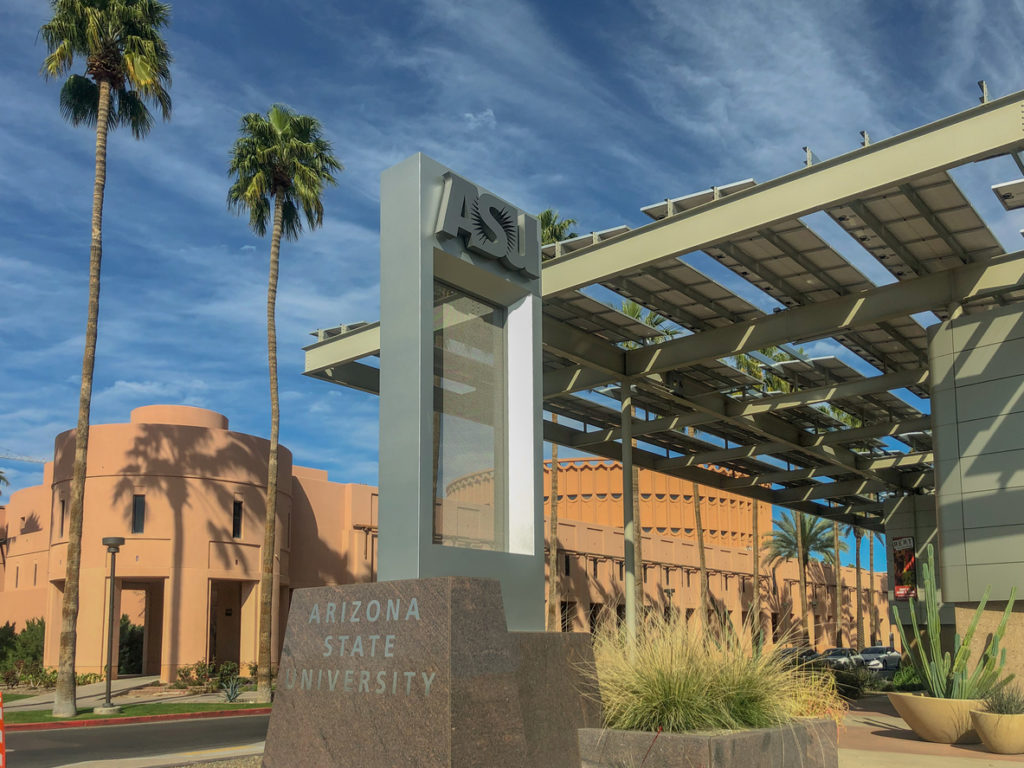Technology is a ubiquitous element of the lives of everyday citizens, making it easier to do more in less time. But this has also elevated expectations: People want services from their governments that happen quickly, smoothly, and often on demand. Meeting these novel needs is only possible if you keep an ear to the ground regarding the experiences people expect and then leverage the latest tech to deliver what they need.
Fortunately, there’s no shortage of tech options on the landscape, especially when it comes to high-speed internet and cloud services. Using these technologies, government agencies can digitally transform elements of their operations and boost internal efficiency and usability for citizens. Here are five ways technology can deliver a better citizen experience for local and state government agencies in 2024.
Challenges Faced by Government Agencies
Along with navigating tricky political terrain and working with limited budgets, government agencies also have to tangle with:
- Managing the increased demands of citizens. People want government services provided as smoothly and quickly as a cup of coffee. They want services provided in a way that fits their busy schedules.
- Integrating advanced tech with existing systems. Legacy systems have often worked well for years, but enabling data sharing and connectivity with other apps can be difficult.
- Ensuring data security and privacy in digital platforms. Digitized information is often low-hanging fruit for hackers, especially when citizens have access to systems via the Internet.
- Adapting to rapidly changing tech landscapes. The rise of cloud solutions, AI, and mobile apps presents many opportunities—but only if you’re familiar with how to take advantage of the latest innovations.
Impact of Technology on Citizen Services
Despite these challenges, using technology to the fullest pays off, especially when it comes to keeping citizens happy. For instance, everyday people benefit from your tech investments because they can enjoy:
- More efficient and responsive high-speed Internet. Fewer lags and latency issues produce smoother experiences that mesh with their daily workflows.
- Enhanced data management and security with cloud services. By using the cloud, you give citizens reliable, convenient access to their information via web apps. You also make it easier to scale up as you need to add new accounts.
- Increased transparency and accountability. With digitalized services available via the Internet, people can see the information you keep about them, account balances, what they owe, and even payment options. A common source of information inspires accountability on both sides.
- Better citizen engagement and satisfaction via accessible online services. Citizens no longer have to wait on the phone for hours or watch as their lunch break gets devoured by a long wait in line. They can log in, make a payment, get an answer to a question, and return to their busy day.
5 Technological Solutions for Government Agencies
Here are five solutions you can use to meet citizens where they are, giving them the kinds of experiences they’ve come to expect.
Solution 1: High-Speed Internet for Enhanced Connectivity
When your agency has high-speed Internet, there’s a positive ripple effect for the citizens you serve. For instance, if you have an internal server linked to the Internet, a faster connection enables employees and citizens who have to connect to it to get essential info faster. When people ask for help, you no longer have to awkwardly shrug and say, “So sorry, but our system is kinda slow right now.” You can provide answers and data instantly.
It’s the same with online portals. As someone connects with an online service that routes through your network, fulfilling each request your browser sends depends on your internet speed. Therefore, those you serve can enjoy smoother experiences with a faster connection.
Solution 2: Cloud Services for Data Management
Using an internal server can work very well—at least for a while—but when it’s time to scale up, the cost of acquiring, installing, and deploying new equipment can easily derail your tech budget. But by using cloud services, you get a scalable solution, one where you can add more storage simply by reaching out to your services provider.
With cloud services, you can also assure citizens that you’re doing all you can to keep their data safe. Your cloud provider has access to the most recent security protocols, tools, and practices. This makes it possible to have cutting-edge security tech defending your network and citizen data.
In addition, with cloud services, you also have access to data analytics tools. Using these, you can glean valuable information, such as:
- How much data do different processes use
- When and from where citizens connect to your online services
- How long it takes people to pay bills, get answers to questions, or read articles via your online portals
Solution 3: Mobile Applications for Citizens
The rise of smartphones presents a unique opportunity for local and state governments to boost citizen engagement. With mobile applications, you can give people the freedom to:
- Connect to your services
- Get answers to questions in a matter of minutes
- Update their personal data while on the go or at home
Whether you want people to be able to report issues with street conditions or power outages or gather their opinions about how to improve community services, a mobile app makes it easier—for both you and them.
Solution 4: Virtual Assistants and Chatbots
By using virtual assistants and chatbots, you can streamline the process of providing information that citizens would typically have to wait hours—or days—to get. With a chatbot, you give the bot access to databases that contain information that citizens may need. After logging in, they can ask the chatbot simple questions and get an answer immediately.
For example, if you work for an electrical utility company, you can provide a chatbot that gives people basic account information, such as:
- How much they owe on their bill
- The payment options your utility accepts
- The rates you charge and when they change based on the time of day
- Data regarding the energy efficiency of a citizen’s home, such as how much power they used in July of the current year and July of the previous year
The chatbot can also provide tips for how to spend less on energy, how to program thermostats, the specs of the most efficient heating and cooling units, and much more.
Solution 5: SD-WAN for Enhanced Network Performance and Agility
A software-defined wide area network (SD-WAN) allows you to use a straightforward application to tweak how your network meets your needs. For example, you can set up rules that dictate which tasks the network prioritizes. If you have a VoIP calling system, for instance, you can have the network prioritize calls from citizens during a storm or while you’re providing disaster relief.
You can also use SD-WAN to connect multiple physical locations and balance how each one uses your internet connectivity.
The possibilities are endless, and to get an idea of how to use SD-WAN best, it may help to have a brief conversation with an expert at Cox Business.
Start Improving Citizen Experiences Today with Cox Business
Cox Business has the experience and knowledge to guide you through ways to fine-tune your tech so it creates increasingly effective citizen experiences. Using high-speed and software-optimized networks, you can establish cutting-edge services those you serve can rave about. Connect with Cox Business today to start exploring the possibilities.



